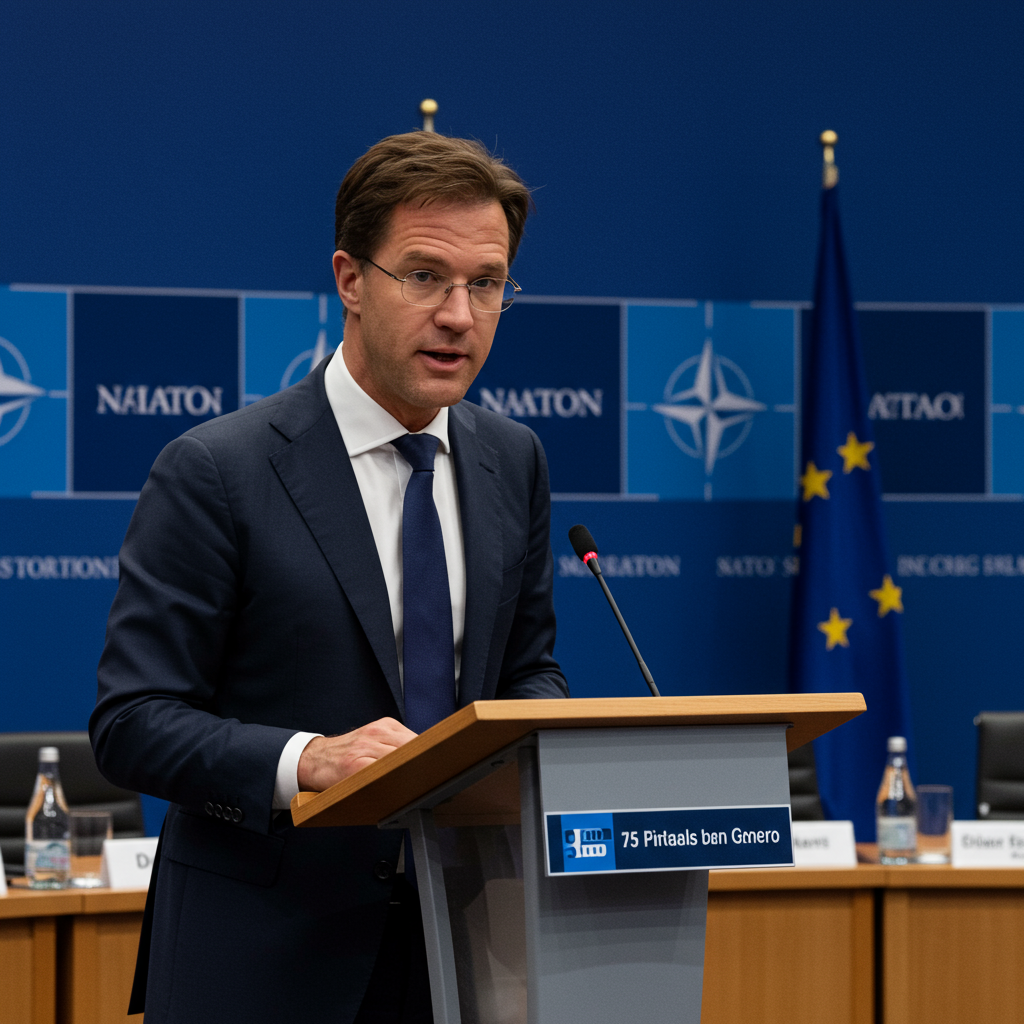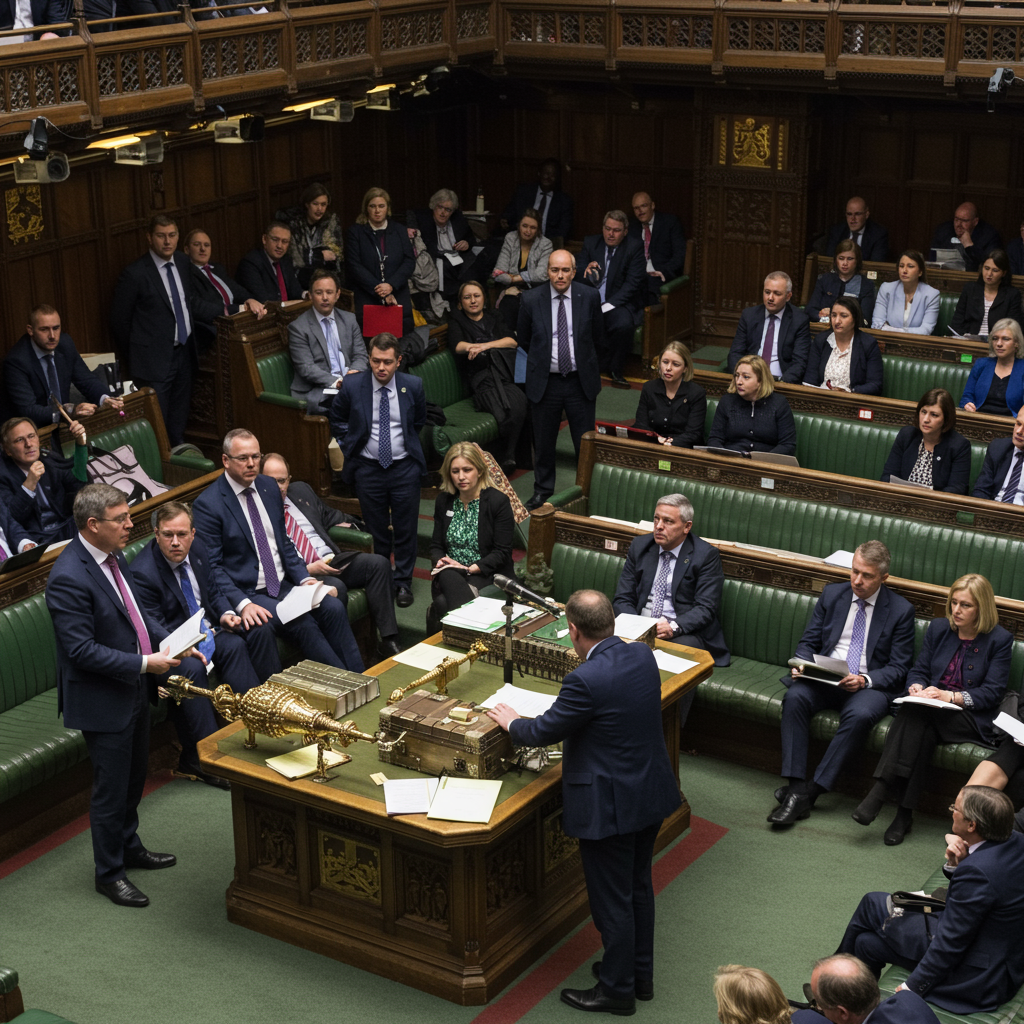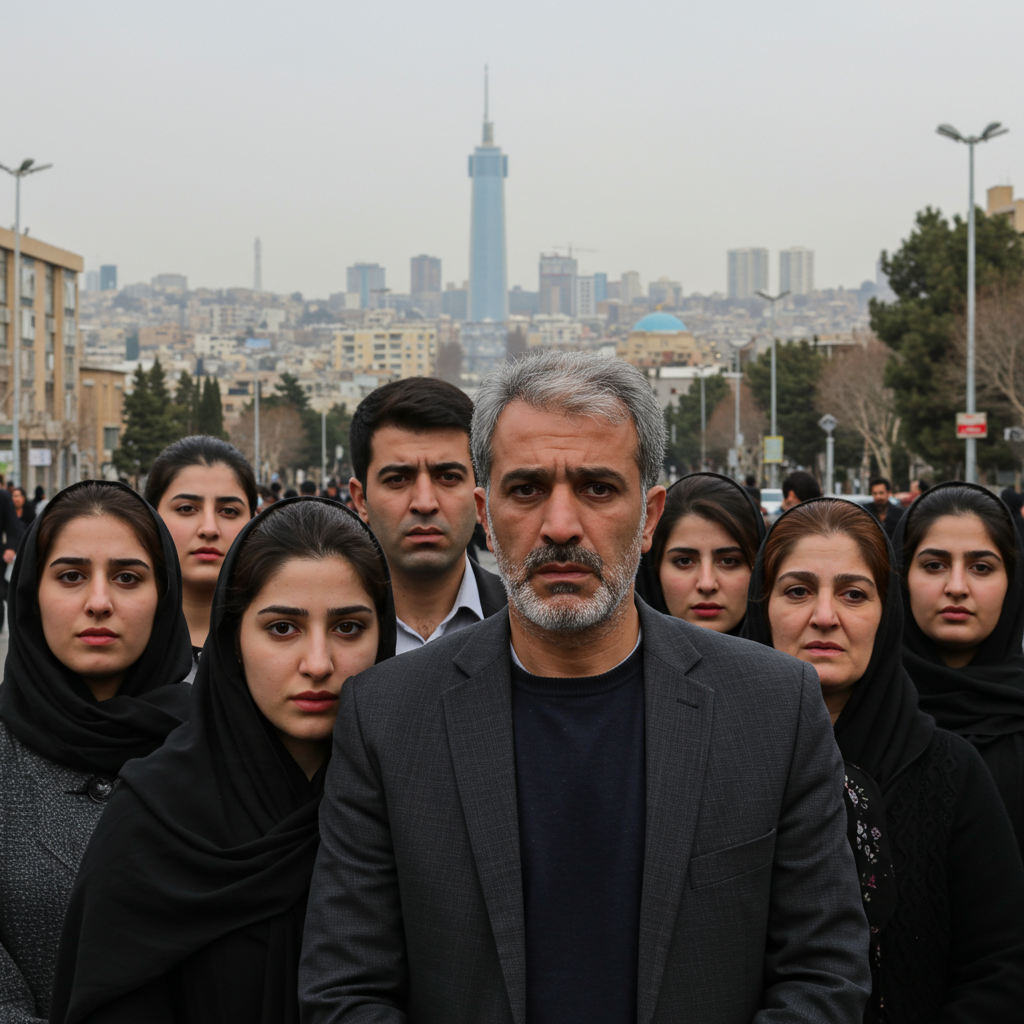Alliance leaders are setting an ambitious new course for collective defense. At their recent summit in The Hague, NATO members agreed to dramatically increase defense spending, targeting an allocation of 5% of national income by 2035.
NATO Secretary General Mark Rutte hailed the agreement as a “quantum leap,” emphasizing that the boost is essential for strengthening the alliance’s capacity to invest in critical areas like new military hardware, cybersecurity, and energy projects.
Why the Push for Higher Spending?
The decision comes amid a significantly changed security landscape. NATO identifies Russia as the “most significant and direct threat” to allied security. According to recent assessments, Russia is rapidly reconstituting its military capabilities and could potentially pose a direct threat to some alliance members within three to five years. Russia’s capacity to produce ammunition, reportedly four times that of the entire NATO alliance despite a much smaller economy, underscores the urgency for members to increase their financial contributions and defense industrial output. The ongoing war in Ukraine has served as a stark catalyst, highlighting the need for allies to be prepared to fulfill commitments to collective defense.
A Growing Demand for Burden Sharing
The push for higher spending has been a consistent theme, particularly from the United States. Former President Donald Trump has repeatedly criticized European allies for perceived underfunding of their defense. The Trump administration has signaled a desire to significantly shift the burden of European security onto Europe itself, potentially reducing US troop presence and demanding that European nations take greater responsibility for their own defense. US envoy Matthew Whitaker notably stated that “5% is our number,” framing the target not just as a goal but a “necessity” for security.
While the US remains the largest defense spender within NATO both in absolute terms ($935 billion in 2024) and as a percentage of its GDP (3.2% in 2024, though this is down from a decade prior), there is a clear aim within the alliance’s strategic planning to reduce the US share of capability targets in the coming years, placing more responsibility on European members.
Understanding the New Target
The previous expectation for NATO members was to spend at least 2% of their national income (typically GDP) on defense, a target agreed upon in 2014 but not legally binding. By 2024 estimates, nine of the 32 members were still not meeting this 2% threshold, with countries like Spain, Belgium, and Slovakia facing challenges.
The new 5% target set for 2035 is significantly higher. Proposed breakdowns suggest this could include:
3.5% for core military spending: Covering traditional defense needs like personnel, equipment, and operations.
1.5% for broader security areas: Including necessary infrastructure, cyber security, and military mobility.
This broadened definition acknowledges that modern defense requires investment beyond traditional military assets. However, reaching even the 3.5% core spending target will be a significant challenge for many allies.
Strategic Transformation Beyond Budgets
Increasing spending is just one part of a larger strategic transformation within NATO. The alliance is undergoing its most significant defense planning overhaul in decades, driven by the need to deter and defend against a peer adversary like Russia. This involves:
Reconnecting Planning: Aligning operational war plans with national defense investments and assigning allies specific roles in collective defense scenarios.
Fighting at Scale: Developing larger, more capable forces across all domains (land, air, sea, cyber, space) ready for sustained conflict in a contested environment.
Embracing Technology: Leveraging rapid technological innovation for military advantage, focusing on achieving desired effects rather than just counting platforms. This includes investing in areas like AI, cyber capabilities, and uncrewed systems.
Strengthening the Industrial Base: Boosting the capacity and efficiency of the allied defense industry to meet increased demand for equipment and ammunition.
- Addressing Personnel: Recruiting and retaining skilled personnel needed for modern defense forces.
- www.theguardian.com
- www.bbc.com
- www.euronews.com
- www.atlanticcouncil.org
- www.csis.org
This comprehensive approach, reflected in the new spending targets, aims to build a faster, fiercer, and more capable NATO, capable of responding to the complex threats of the coming decades. While some countries initially raised concerns about the feasibility of the 5% target, the agreement signifies a collective commitment to bolster security in response to the evolving global landscape.



